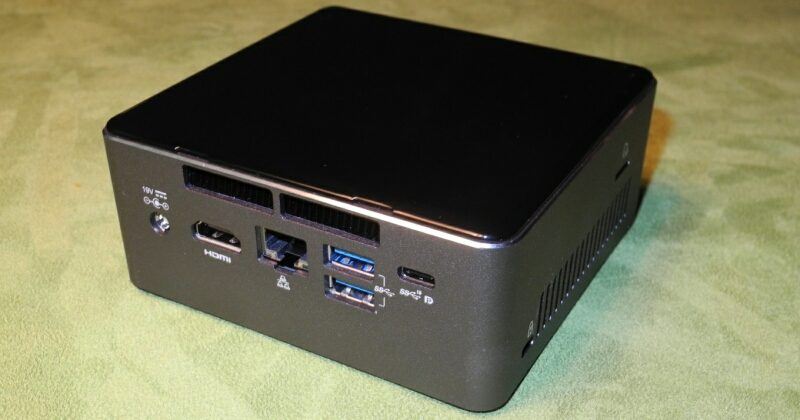
(For the record, because people inevitably ask: Originally my Mac mini was an email and web server, but I offloaded those functions to dedicated servers outside of my home network many years ago. I’d certainly be sad if it went away, since I’ve had a mid-2011 model running as a home server for the last six years. So I’d like to believe that Apple keeps the Mac mini around-on a two- or three-year update cycle-because it’s useful to have it around, but not particularly essential. Finally, the 27in iMac ships with fast 8GB 2666MHz DDR4 (up to 128GB RAM).The Mac mini isn’t Apple’s most powerful Mac, but it may be its most versatile. In that case the 8GB is a slower 2133MHz and that Mac can only support up to 16GB RAM. The 8GB RAM in the Intel Mac mini isn’t the same as the 8GB RAM in the 21.5in iMac that is still on sale features. In contrast the Intel-powered Mac mini ships with 8GB 2666MHz DDR4, but can be upgraded to 64GB at point of purchase. The limitation of the M1 Mac is that it can only be updated to take 16GB RAM.

Apple indicates that there should be performance benefits due to this, because the memory can be allocated according to where it is needed most. It’s what Apple is referring to as unified memory architecture, or UMA, and is accessible to both the CPU and the GPU. The RAM in the M1 Macs is part of the M1 chip. RAMĪpple’s M1 Mac mini and 24in iMac and the 27in iMac models all ship with 8GB RAM as standard.

And it’s not like it really needed to be smaller.Īpple’s likely to take a little longer to develop its own processors for the pro-oriented iMacs, but we do expect a launch later this year. If the existing design matters to you then this could be an important factor. Turns out that the Mac mini is very popular with server farms and the like where they have existing setups – and keeping the design the same will make it easy to pop new units in.


Many wondered why Apple didn’t completely redesign the Mac mini when it was updated in 2018 and again in 2020 – by all accounts there is plenty of wasted space on the inside, so the unit could be slimmed down considerably making it even smaller. As with the iMac, you’ll find all of the ports situated at the rear. In terms of construction nothing has changed though, with the classic 19.7cm x 19.7cm x 3.6cm aluminium chassis making it a perfect fit for smaller desks or even rack mounting. Keeping with the ‘if it ain’t broke’ motif, the Mac mini also hasn’t changed a lot in the past ten years, although when it was updated in 2018 Apple switched from silver to a Space Grey finish, and then returned to silver in 2020.


 0 kommentar(er)
0 kommentar(er)
